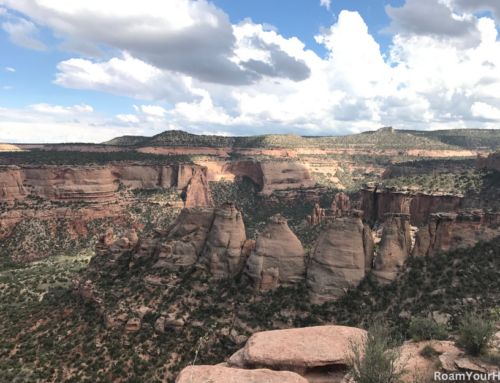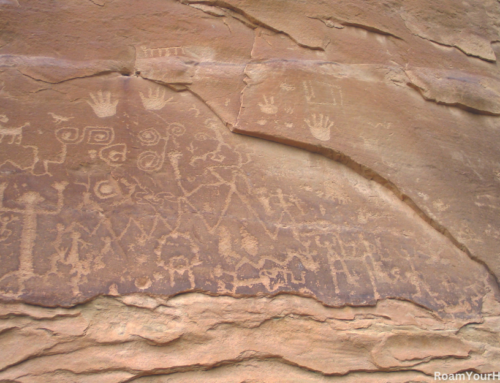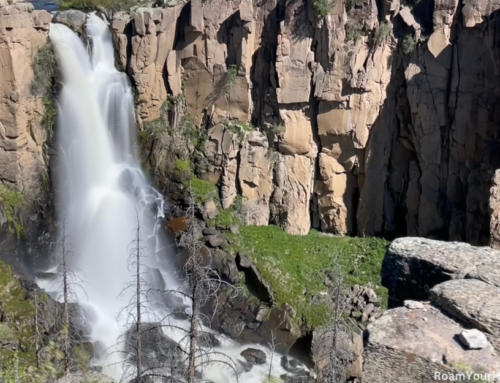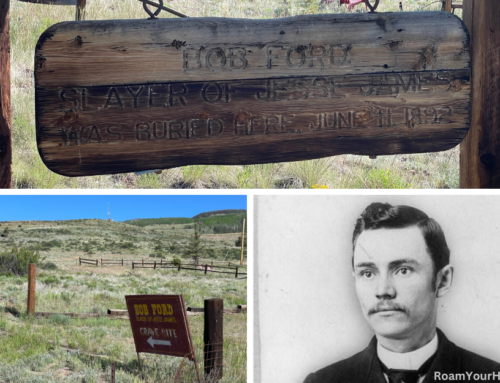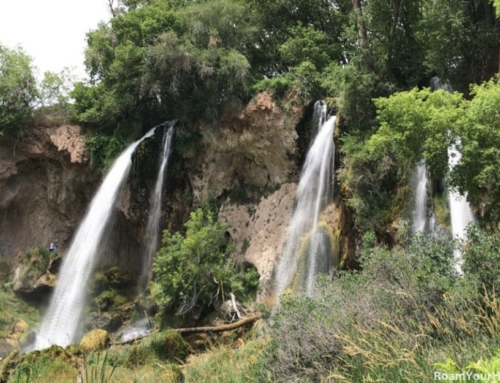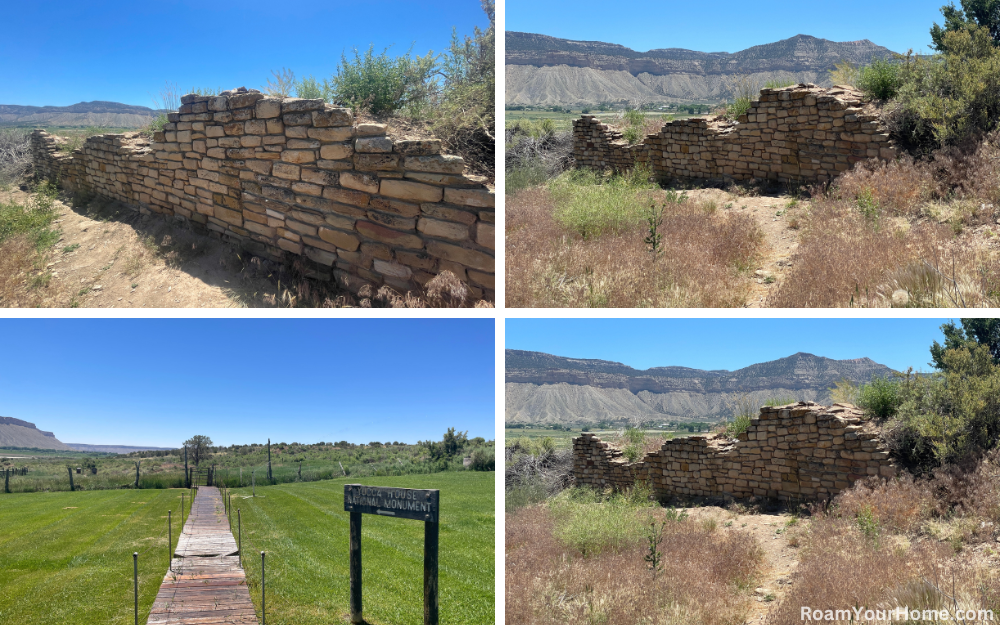
Yucca House: Visiting an off the beaten path National Monument
Yucca House National Monument is located in rural Montezuma County, Colorado. It is about 30 minutes from Cortez and Mesa Verde National Park. Hundreds of thousands visit Mesa Verde yearly, but the off-the-beaten-path Yucca House sees only a tiny fraction of those numbers.
The monument is more than 100 years old.
Established in 1919 by President Woodrow Wilson, Yucca House has been protected for more than 100 years. Today, the monument looks much the same as when it was first preserved. From 1150-1300 A.D., it was a thriving community home to a large Ancestral Puebloan population. It’s thought upwards of 13,000 people may have lived there during that time.
The “West Complex” had an estimated 600 rooms, over 100 kivas, and a great kiva. The “Lower House” was an L-shaped Pueblo with eight small rooms and a large kiva.
While archaeologists have only been familiar with Yucca House for a little over a century, Pueblo people have known the site for centuries. Hearing tales of the great complex passed down through oral tradition from relatives. The site lies at the base of Sleeping Ute Mountain, known to the Utes and other tribes as the “mountain with lots of yucca growing on it.” Ironically, there is no yucca growing in the monument today.
Visiting Yucca Mountain National Monument
When you visit Yucca House National Monument today, don’t expect some grand ancient pueblo that’s been tediously evacuated. Both the “West Complex” and the “Lower House” are overgrown and covered with vegetation.
I visited in early summer mid-morning and was not sure what to expect. I had not been prior and did not do much research because I was not sure I could get there. I tried to visit a few years back and was turned around by a sign saying the monument was not accessible at this time. The monument has a history of issues, with local ranchers trying to cut off access. This time, I was in luck; the only sign was one pointing down a dirt road to get to the monument. I took a hard right towards the site, cruising between two fields. After a few turns and a short drive, I came to what looked like a farm. I looked around for a second, unsure if this was the right place, then I saw the sign for the monument.
Hiking to the Yucca House ruins
Turning off the car, I got out and was attacked by the sun immediately. There were no clouds in the big blue sky, and it was getting very hot already. I felt a little awkward parking there as if I was an uninvited guest at someone’s home. By the small sign, a wooden boardwalk over a nicely manicured lawn led to a gate. The bright green grass was getting a drink from a large sprinkler, and so was the boardwalk. Despite the hot weather, I hustled across the boardwalk, not keen on getting soaked.
I opened and closed the gate securely as a sign attached to it politely suggested. Still not sure what to expect, I headed down the trail towards a small mound I saw. After a short distance, I saw a stone wall, only the remnants of the once vast complex. I walked around a bit, exploring the area to ensure I did not miss anything. I could see Mesa Verde in the distance. The small section of the wall was all that was left. After snapping a few photos and pondering what it must have been like to live in such a harsh environment without modern conveniences, I turned around, heading back to my truck, dodging the sprinkler, and waving to a neighbor along the way.
Is there a lot to see at Yucca House National Monument? No. Am I glad I went? For sure, it was worth it. It is especially worth a stop if you are in the area visiting nearby Mesa Verde National Park or Hovenweep National Monument, which are also both fantastic and very much worth your time.

